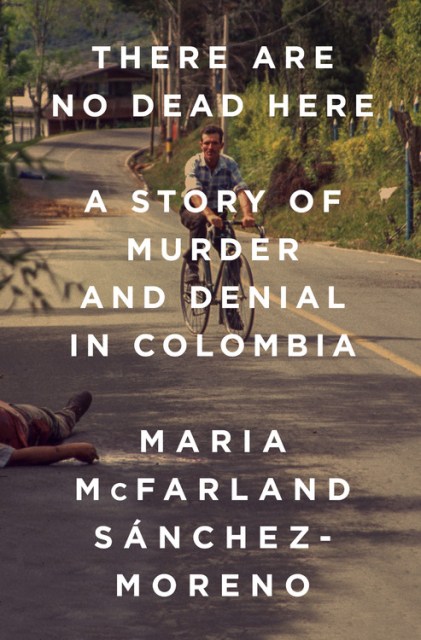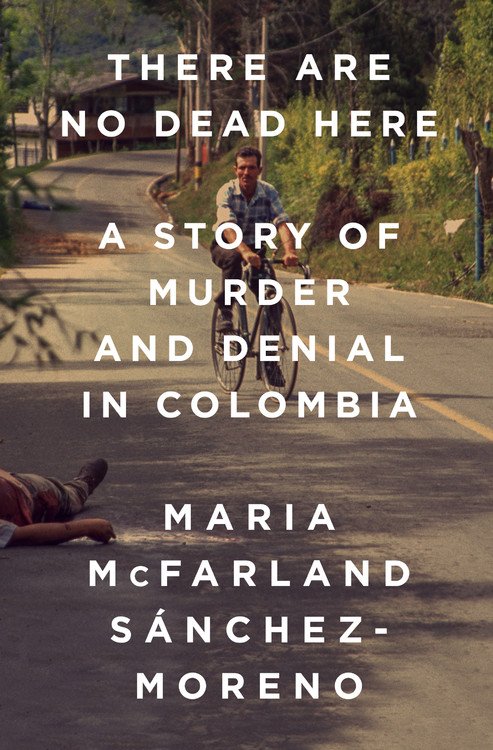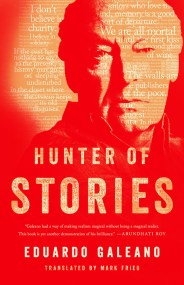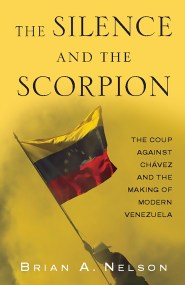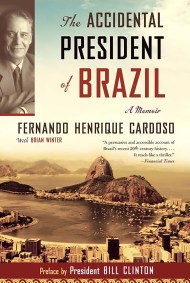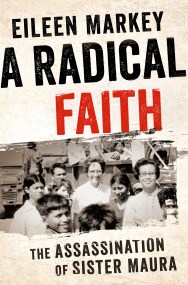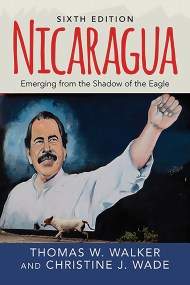Promotion
Use code MOM24 for 20% off site wide + free shipping over $45
There Are No Dead Here
A Story of Murder and Denial in Colombia
Contributors
Formats and Prices
Price
$28.00Price
$36.50 CADFormat
Format:
- Hardcover $28.00 $36.50 CAD
- ebook $17.99 $22.99 CAD
- Audiobook Download (Unabridged)
This item is a preorder. Your payment method will be charged immediately, and the product is expected to ship on or around February 27, 2018. This date is subject to change due to shipping delays beyond our control.
Also available from:
Colombia’s drug-fueled cycle of terror, corruption, and tragedy did not end with Pablo Escobar’s death in 1993. Just when Colombians were ready to move past the murderous legacy of the country’s cartels, a new, bloody chapter unfolded. In the late 1990s, right-wing paramilitary groups with close ties to the cocaine business carried out a violent expansion campaign, massacring, raping, and torturing thousands.
There Are No Dead Here is the harrowing story of three ordinary Colombians who risked everything to reveal the collusion between the new mafia and much of the country’s military and political establishment: JesúrÃValle, a human rights activist who was murdered for exposing a dark secret; IváVeláuez, a quiet prosecutor who took up Valle’s cause and became an unlikely hero; and Ricardo Calderóa dogged journalist who is still being targeted for his revelations. Their groundbreaking investigations landed a third of the country’s Congress in prison and fed new demands for justice and peace that Colombia’s leaders could not ignore.
Taking readers from the sweltering MedellÃstreets where criminal investigators were hunted by assassins, through the countryside where paramilitaries wiped out entire towns, and into the corridors of the presidential palace in BogotáThere Are No Dead Here is an unforgettable portrait of the valiant men and women who dared to stand up to the tide of greed, rage, and bloodlust that threatened to engulf their country.
Genre:
- On Sale
- Feb 27, 2018
- Page Count
- 336 pages
- Publisher
- Bold Type Books
- ISBN-13
- 9781568585796
Newsletter Signup
By clicking ‘Sign Up,’ I acknowledge that I have read and agree to Hachette Book Group’s Privacy Policy and Terms of Use
